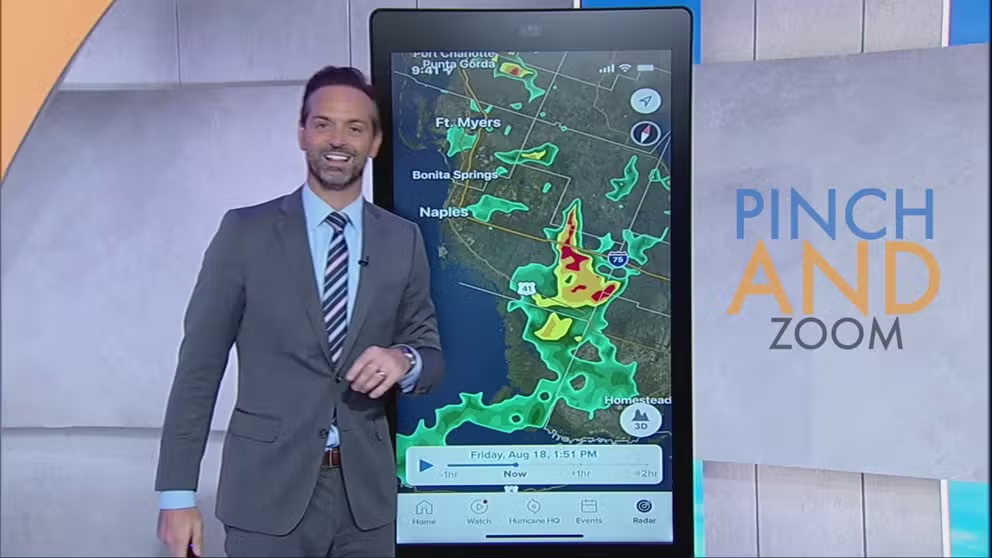Mysterious blob captured on Texas radar could have military connection
The radar returns weren't showing bugs, bats or even leaves, but meteorologists at the National Weather Service office in Fort Worth think they have an idea of what it was.
How to FOX Weather: Exclusive 3D Radar for tracking storms and alerts
FOX Weather meteorologist Nick Kosir shows you how to use the exclusive 3D radar in the FOX Weather app.
FORT WORTH, Texas – A brisk, cool day in the Lone Star State produced an odd-shaped feature on radar that resembled precipitation, but to the well-trained eyes of meteorologists at the local National Weather Service office, they knew exactly what they were looking at.
The radar returns on Jan. 20 weren’t showing bugs, bats or even leaves, which radars typically pick up. NWS meteorologists said they think it was military chaff that was being detected by the radar.
Chaff are items military vehicles and aircraft deploy as a countermeasure in order to confuse enemy radar and avoid detection.
As to why it was deployed over Texas, according to the NWS, at least one of the state’s 15 military installations was participating in an exercise that involved aircraft deploying the material.
"It's common for military exercises like that," NWS meteorologists stated.
HOW WEATHER RADAR IS TRACKING BIRDS’ MIGRATORY PATTERNS
Both the natural tilt of the radar beam and the fact that it was a clear day likely played a role in the vividness of the radar returns.
After the NWS Forth Worth office published the animation of the blob-like radar imagery on social media, the post went viral, with everyone from conspiracy theorists to aviation enthusiasts weighing in on the matter.
Over the past few years, similar radar depictions have been reported in Utah, Arkansas, Florida and a host of other states.
According to the Naval Health Research Center, chaff consists of aluminum-coated glass fibers and does not pose significant environmental hazards.
The U.S. government estimates at least 500 tons are released annually over the country, and agencies are not required to alert communities before or after the use of the material.
HOW TO USE THE 3D RADAR ON THE FOX WEATHER APP
A more common sight to spot on radar is what are known as roost rings.
The NWS said these often appear as the birds take flight around dawn to hunt insects and can make splotches appear on radar.
In the Midwest and Great Lakes, these radar depictions are common in the summer and fall before annual bird migrations begin.

An animation on 8/2/2010 of suspected flocks of birds in the Ohio Valley.
(National Weather Service / FOX Weather)
